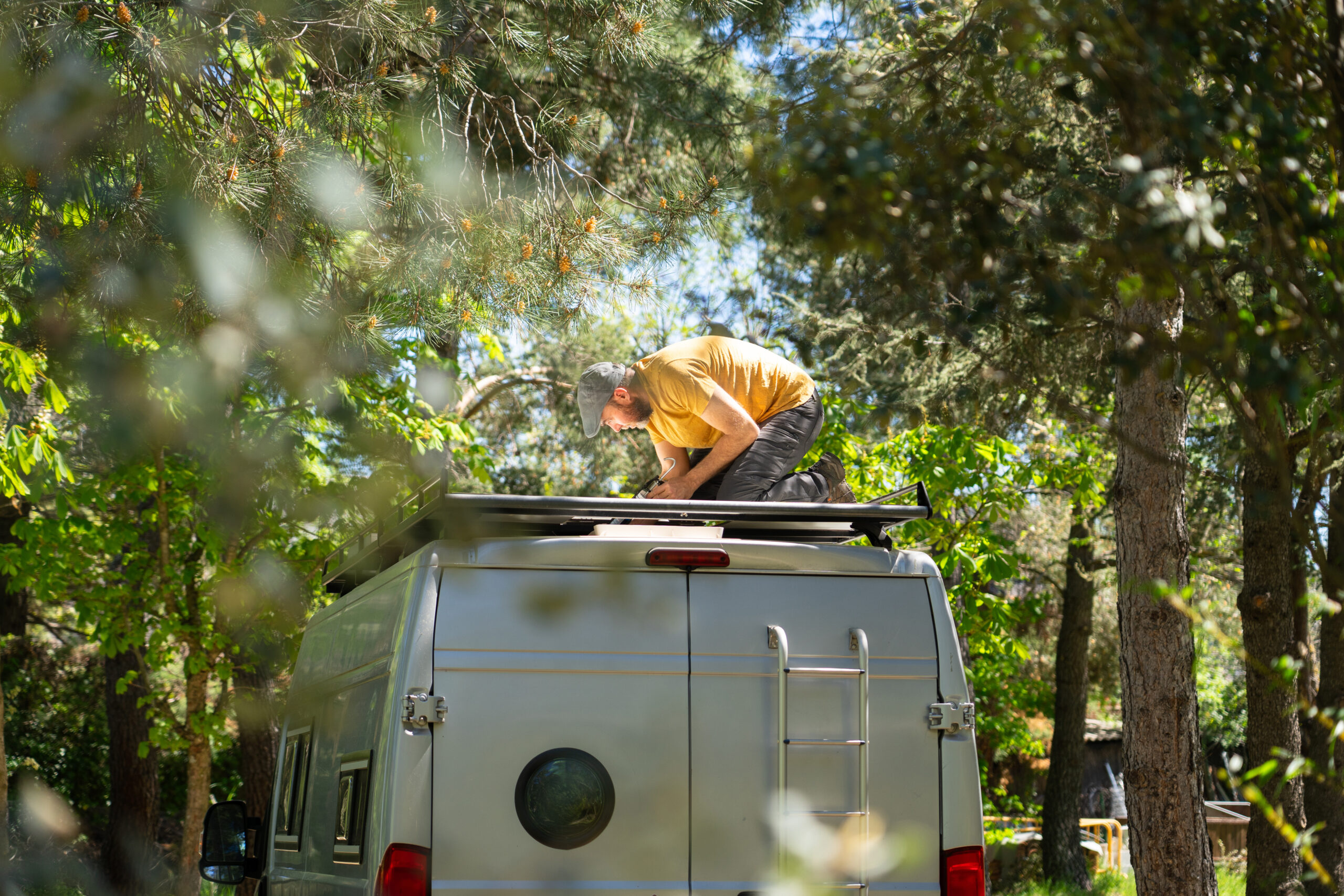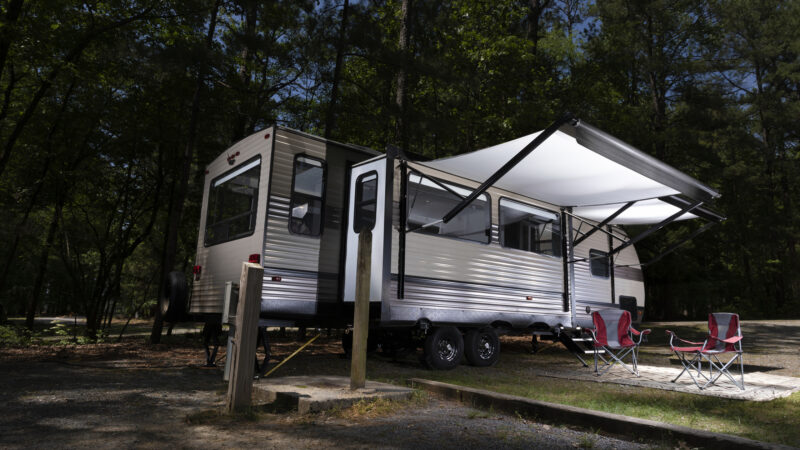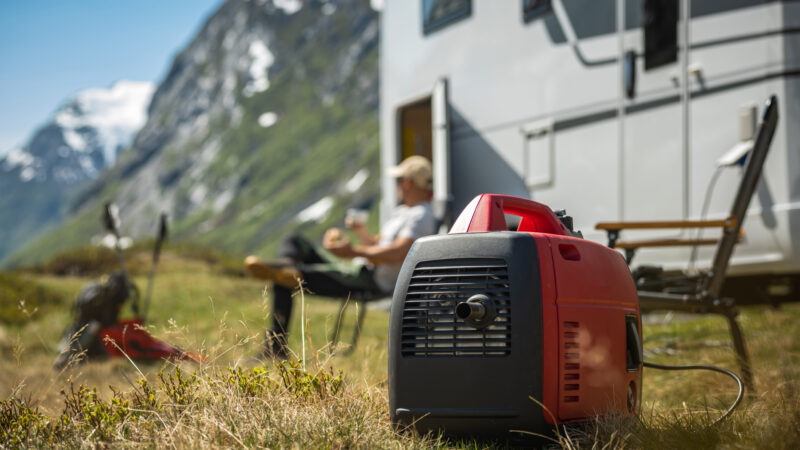Essential Tips for Keeping Your RV Roof in Tiptop Shape | I Heart RVing

RV roof maintenance matters: Your roof isn’t just a cover—it’s your RV’s first defense against the elements. A neglected roof can lead to water leaks, mold, and even structural damage. Regular maintenance helps you avoid expensive repairs and keeps your rig ready for the road.
Know Your Roof: Types of RV Roofs and What They Need
Understanding your roof type determines how you maintain it. Most RV roofs fall into four categories:
| Roof Type | Maintenance Needs | Key Characteristics |
| EPDM (Rubber) | High | Prone to chalking and UV wear |
| TPO (Thermoplastic) | Medium | Resists dirt and algae, seams are heat-welded |
| Fiberglass | Low to Medium | Durable but can crack if neglected |
| Aluminum | Low | Rare on newer models, heavy but long-lasting |
Each material requires compatible cleaning agents, sealants, and coatings—always read the labels.
RV Roof Maintenance Checklist: How to Protect Your Top Side
Here’s a consolidated approach to keeping any RV roof in good condition:
1. Inspect Regularly
- Look for cracks, soft spots, or bubbling
- Check seals around vents, skylights, AC units, antennas, and edges
- Use a moisture meter inside the RV to detect hidden leaks
2. Clean at Least Twice a Year
- Use a roof-safe cleaner based on your material (avoid petroleum-based products)
- Rinse thoroughly to remove residue that could attract dirt or damage coatings
3. Seal and Reseal
- Reapply sealant to joints, edges, and hardware annually
- Use self-leveling lap sealant or roof tape as needed
4. Protect and Coat
- Apply UV-resistant coatings every 1 – 2 years, especially for rubber roofs
- For fiberglass roofs, use RV-grade wax or polish to prevent surface cracks
5. Store Smart
- Use a breathable RV cover or store under shelter
- Remove snow buildup and clear standing water promptly
Travel Trailer and Motorhome Roof Care Best Practices
Whether you drive a Class A motorhome, pull a fifth wheel, or own a teardrop trailer, these habits apply:
- Avoid walking on the roof unless it’s labeled walkable (use weight distribution boards if needed)
- Install vent covers to allow airflow and reduce interior condensation
- Include roof checks in your pre- and post-trip inspections
Common RV Roof Issues—and How to Fix Them
When problems do arise, here’s how to handle them:
- Cracked Sealant: Scrape out old material, clean, and reapply a compatible sealant
- Loose Screws or Trim: Tighten hardware and seal around it
- Ponding Water: Check for structural sagging; use leveling or support solutions
- Hairline Cracks (Fiberglass): Sand lightly, clean, and seal with a fiberglass patch kit
Long-Term Protection Strategies
A solid roof strategy isn’t just about cleaning and sealing—it’s about planning ahead.
- Schedule annual professional inspections
- Maintain a roof maintenance log
- Upgrade to higher-quality sealants or coatings if you’re in extreme climates
- Check roof-related warranty terms—some require documented upkeep
Conclusion: A Clean Roof Is Vital for a Healthy RV
Regular RV roof maintenance may not be glamorous, but it’s one of the most important steps you can take to protect your investment. Whether it’s EPDM, TPO, fiberglass, or aluminum, the key is consistent inspection, cleaning, and sealing. Keep your roof in top shape, and you’ll stay dry, protected, and ready for whatever’s down the road.
Source: https://iheartrving.com/blog/essential-tips-for-keeping-your-rv-roof-in-tiptop-shape/







